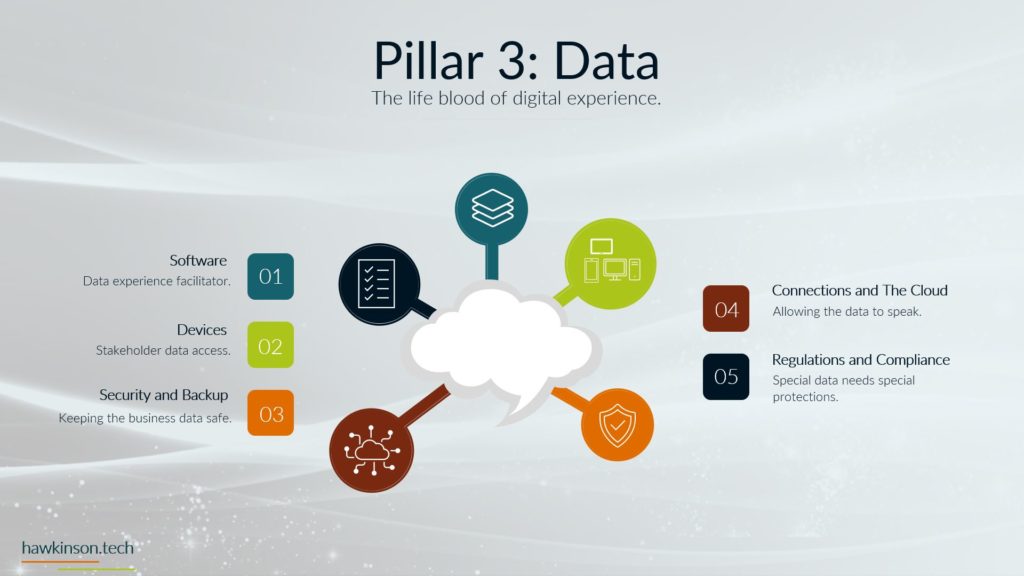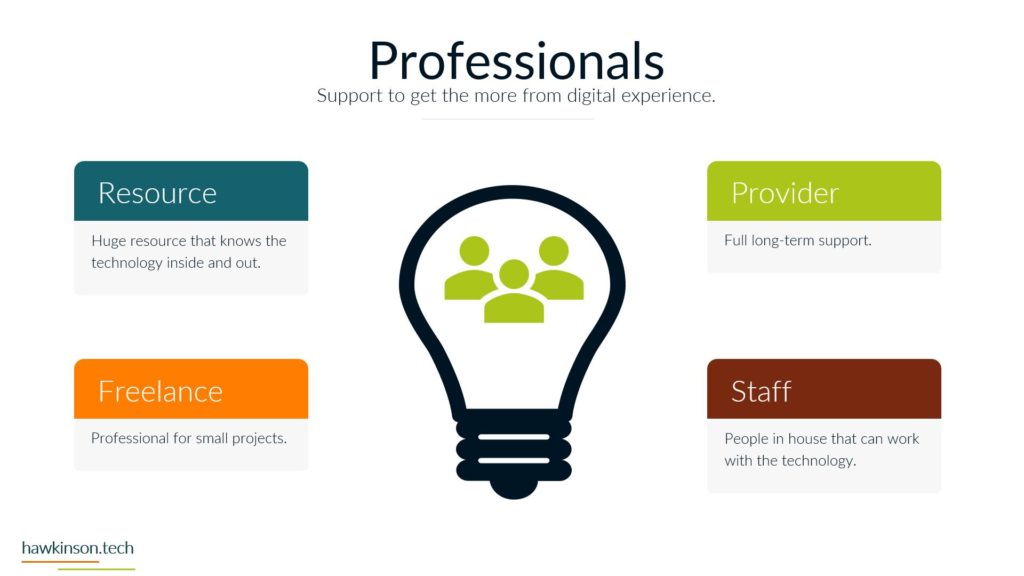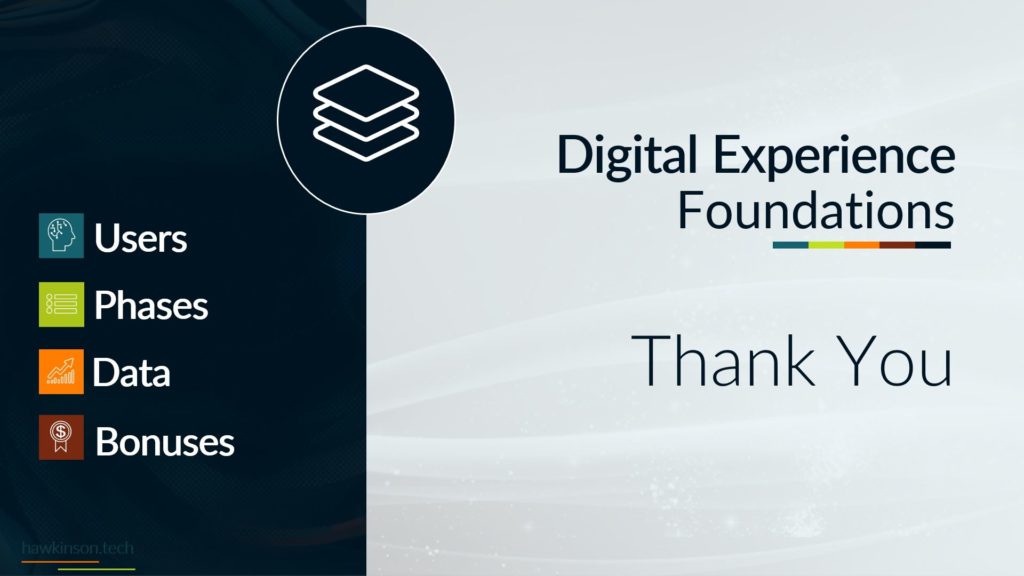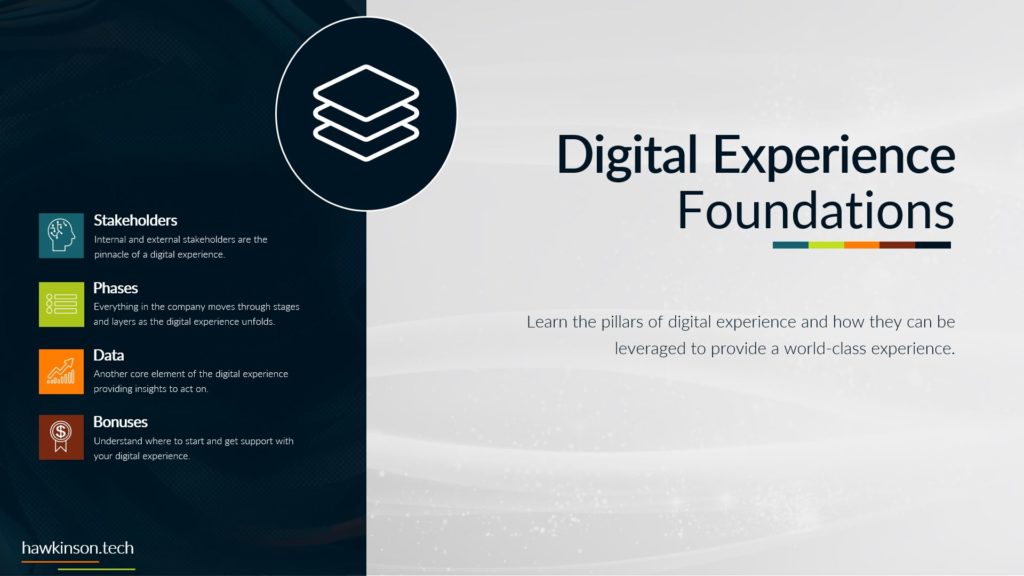MemberPress is one of the most well-liked and functional WordPress plugins for building membership sites. It doesn’t have a complimentary edition like specific other plugins. Yet, it provides all the tools you need to develop a flawless membership site, including an integrated course builder.
Key Features
Front-End Development
Front-end price tables are simple to develop with MemberPress. The headlines and feature points are fully editable to suit your requirements. After signing up, users will have access to all of the level-restricted content. Moreover, they will receive a frontend panel to update their profile information, memberships, payment options, courses, etc.
Integrated Course Builder
The fact that MemberPress has a built-in course builder removes the need for an additional LMS plugin, making it one of the most distinctive features of the platform. You can use a drag-and-drop builder to lay up the framework for your course.
Protection of Content
You control protected material using the MemberPress Rules function. With a paywall, you can impose a membership level and limit access to specific material. Each membership plugin should have this feature, and MemberPress makes it simple. There is no restriction on the kind of content you can shield.
Other Features
- Easy to use
- Extensive membership levels
- Customizable coupons
- PayPal integration























